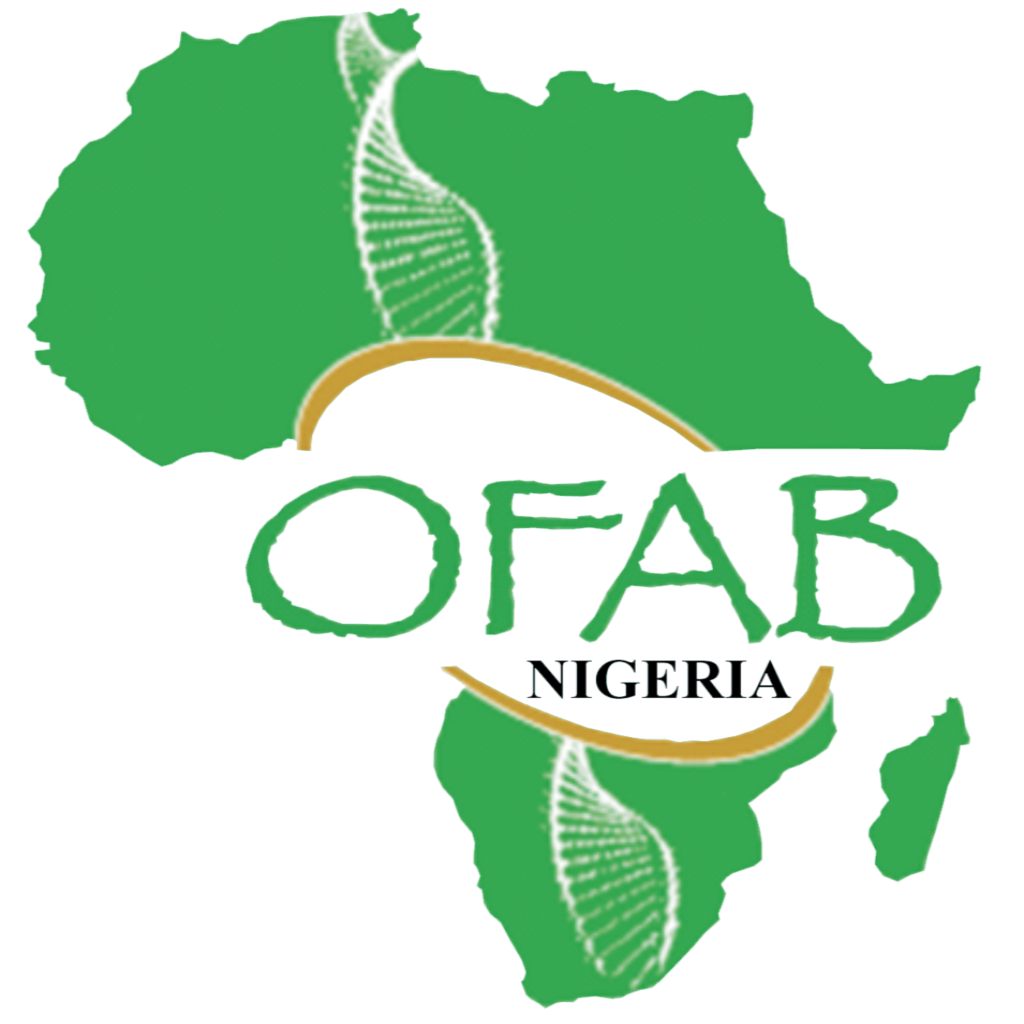Communication plays a crucial role in our day-to-day lives and is perhaps the most essential of all life skills. Generally, communication refers to the exchange of information between a sender and receiver. Even though communication is the exchange of information between two parties, in order for it to be well received and understood, it must be carried out effectively. We would agree that the importance of effective communication cannot be over emphasized. If so, effective communication should be aligned with a plan and goal. Hence, the importance for communication strategies especially in workplace, events or situations is necessary. However, Communication strategy is a tool that helps organizations align their communication and produce meaningful and cohesive messages. These strategies may focus on internal or external communications, or specify the communication strategy for a particular project. The strategy typically outlines the plan for delivering a message to a target audience while describing the purpose, how to accomplish the tasks and the desired outcomes.
Science communication describes a variety of practices that transmit scientific ideas, methods, knowledge and research to non-expert audiences in an accessible, understandable or useful way. Communication strategy provides a plan to approach targeted audiences in the desired manner. When an organization lacks this communication strategy, it fails to connect properly with the audience and achieve its desired objectives. Organizations should know that developing a communication strategy is not a waste of time because this help to convey the brand message to the public. Apart from the components of communication strategy, there are three types of communication strategy an organization may implement to connect and communicate effectively with its targeted audiences. These are;
- Visual strategy
- Verbal strategy
- Non-verbal strategy
As earlier stated, the importance of science communication is to educate both expert and non-expert science audiences. This can only be effective through using the aforementioned types of strategies. But we cannot write off the benefits of having an effective communication strategy and some of the benefits are among others;
Increase clarity: Having an increase clarity should help how to communicate with each other or with audiences. Regardless of the type of communication strategy, it’s a tool that outlines various aspects of communication that are relevant to the audience. Increased clarity helps an organization interact with audiences more effectively since they have a well-developed understanding of the key messages and communication goals.
Maintaining consistency: Consistency is important both for internal and external communications. It helps audiences feel that they can rely on one’s organization. Consistent internal and external communication benefits by increasing understanding and diminishing the possibility for miscommunication.
In conclusion, strategies in communicating scientific innovations ensure that important information is relayed to the right people through internal and external communication. To increase the efficiency of the understanding and workplace, it is essential that all parties are on the same page. Key information should be evenly distributed throughout, without any particulars left out. Without proper and complete information, it might be difficult for people to comprehend what ever thing they have learnt.
Forging ahead, as Nigeria look towards revolutionizing her economy through the integration of cutting-edge scientific tools in both her agricultural and health sector, we must continue to intensify efforts that are geared towards public enlightenment and sensitization that will bring about a holistic approach in driving our nation to the desired goal.
Author: Sarah Iliya Mela,
Communication Officer, OFAB Nigeria

